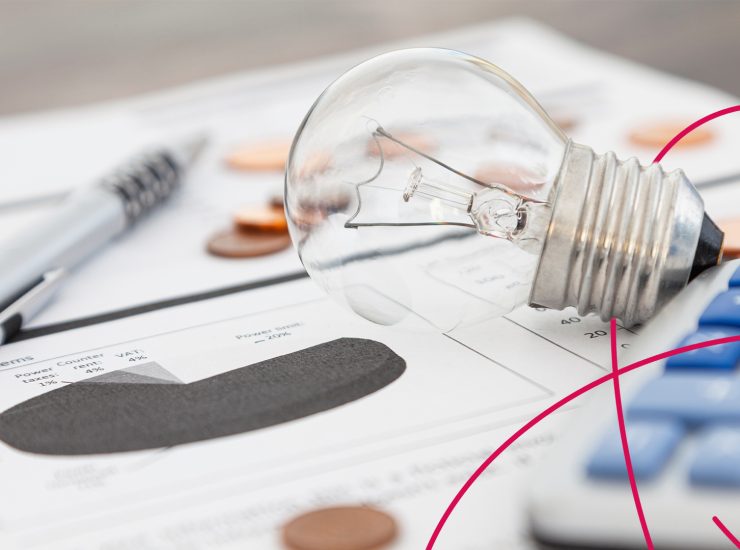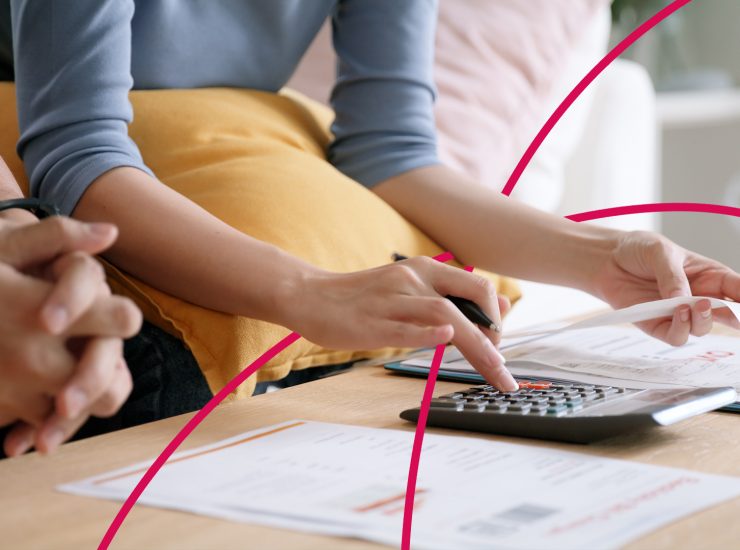Energy debt levels are at their highest ever. What now?
21/12/2023

Energy debt levels in the UK have reached their highest ever at £2.6 billion. More than six million UK adults are currently behind on their energy bills. More people had accessed energy debt support from Citizens Advice by the October of 2023 than had throughout the entirety of 2021.
It’s no understatement to say that we’re living through an energy debt crisis in the UK. This needs to change, because energy should be a basic human right.
The question of who’s responsible for enforcing this isn’t an easy one to answer. Nevertheless, it’s down to energy providers to take the most immediate action.
Consumers are struggling – and here’s what you can do about it.
Why energy providers need to care
To start, there’s a huge reputational risk for the energy providers that don’t. After all, the energy sector is unique in how its company-customer relationships are viewed. With the UK being a welfare state, it’s a commonly held belief that energy providers should put people over profit.
In fact, according to the National Home Energy Survey 2023, almost half of surveyed consumers – 49% – mistrust energy companies. For some, this is down to the fact that as household energy bills rise, so do many companies’ profits.
There are also more head-on financial risks than a poor reputation for the energy companies that don’t protect their consumers. With energy debt levels rising to £2.6 billion, it’s clear that non-payments are a huge threat to businesses.
Protecting your consumers against rising energy costs isn’t just altruistic; it’s a big part of staying profitable, reputable, and competitive.
Elifinty’s advice for energy companies
Energy debts are forecasted to rise further still, so when it comes to staying profitable, there are going to be plenty of short-term challenges. Nevertheless, this presents a very real opportunity to shape a fairer future for the UK.
Here are three pieces of advice for getting started.
Create an actionable plan
There are no two ways about it: consumers are going to keep struggling with payments for energy products and services. One of the most important steps you can take is to accept this and prepare accordingly.
Be sure to assess how you connect consumers to your products and services. For instance, look at how you’re providing energy to your current customers. Is it easy for customers to switch to tariffs that better suit their financial circumstances? Are you regularly checking in to make sure that your customers understand their tariffs and chosen products? Have you implemented money-saving measures, such as offering lower prices during low energy usage times?
Once you’ve assessed your services, you can create a step-by-step plan to enhance them – and connect consumers to the right ones.
Align your messaging with your actions
How do you demonstrate that you care about your consumers? Making sure that “we care” isn’t just a marketing message is crucial to helping your consumers pre-empt and take control of their problem debt.
To genuinely support your consumers, start by:
- Offering a non-judgemental support journey
The process of relieving financial debt can be very stressful, so it’s no surprise that many people try to put it off for as long as possible. In fact, research suggests that more than half of people experiencing financial difficulty take longer than a month to seek help. What’s more, when it comes to people in financial difficulty ignoring their creditors, more than 40% do so because they feel ashamed.
But as we discuss in our podcast episode, Keeping the Lights On, energy companies must remain empathetic and compassionate as their consumers’ circumstances change.
With this in mind, assess how your consumers reach out to you for advice. Is it easy for them to get in touch with a trained support agent for a non-judgemental conversation? Once the process of relieving their debts begins, are they still afforded the same level of empathy and support? Is your debt advice journey overly long, complicated, and paperwork-heavy?
- Looking beyond consumers’ financial health
By only paying attention to your consumers’ financial health, you may not be tackling the root of the issue. Look at their mental and physical wellbeing, and make sure that consumers can access the appropriate support while making repayments.
With our digital debt support platform, the Elifinty platform, it’s much easier to connect your consumers to the right support, the first time around. This could be by putting them in touch with a mental health advisor, or by connecting them to food vouchers and energy hardship grants, for example.
If you’d like to learn more about the Elifinty platform for the energy sector, you can do so here.
Innovate to protect people and profit
Of course, the energy debt crisis isn’t just a struggle for consumers, but providers too. Knowing how to provide a fairer, more proactive, and more effective debt support journey, while also staying profitable, can be a challenge. But technology can be part of your armour in this sustained challenging environment.
The Elifinty platform, for instance, can help you to protect your people and profit. It has an AI solution engine to prioritise consumers and connect them to the most appropriate pathway, alongside self-serve tools for the consumers who can take control of their own journey. Features like these free up time for your agents to support the most vulnerable people, reduce the costs of serving consumers, and ultimately increase repayments.
In fact, compared to traditional debt recovery methods, Elifinty helps energy companies to recover six times more in unpaid debt.
Support your consumers through the energy debt crisis
With the energy debt crisis continuing to escalate, now really is the time to transform how you support vulnerable consumers and build more resilient financial futures.
To find out how with Elifinty, please don’t hesitate to get in touch.



